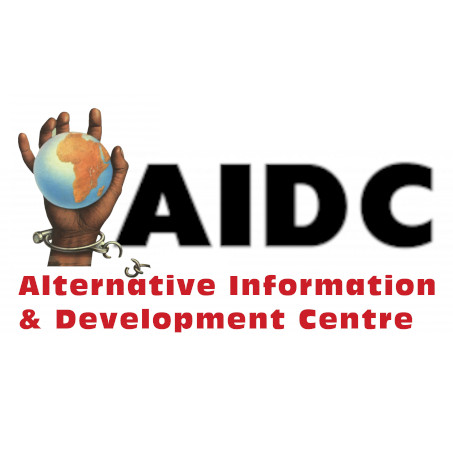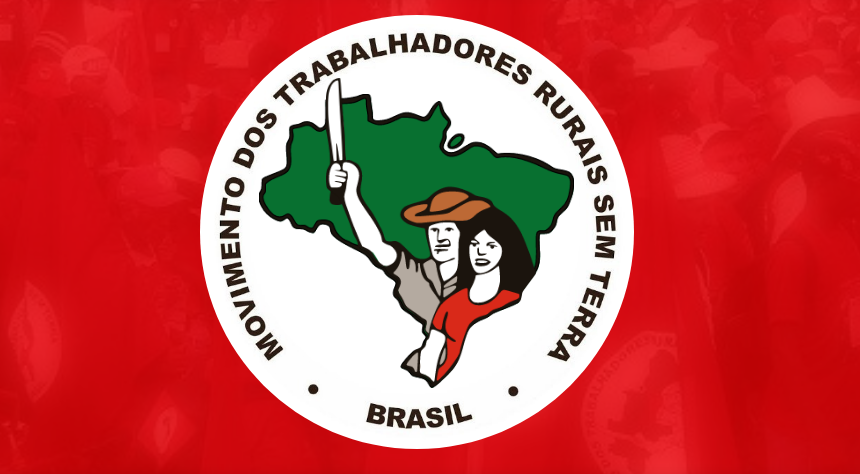By Tracy Ledger
THE NEW POST-1994 STATE envisaged a central role for local government to deliver the promised “better life for all”. The blueprint for this new form of local government was laid out in the 1998 White Paper on Local Government. The planned changes to the structure and operation of local government under the new Constitution were considerable: the White Paper imagined an entirely new kind of municipality, with radically different authorities and obligations. South Africa would (for the first time) have wall-to wall municipalities, and local government would now deliver far more services to many more people.
South Africa has been given a rare and historic opportunity to transform local government to meet the challenges of the next century. …the existing local government system will be radically transformed…. (into) a system of local government which is centrally concerned with working with local citizens and communities to find sustainable ways to meet their needs and improve the quality of their lives.
White Paper on Local Government, 1998
Table 1: White Paper proposed contribution of different income sources to own revenue and to total
operating expenditure
Providing basic services to be developmental tool and source of income In order for these ambitious goals to
be achieved, a justas-radical new fiscal framework for local government was required. It had to ensure that all municipalities had access to sufficient resources to discharge their mandates. The local government fiscal framework (LGFF) is the set of arrangements that should ensure that municipalities in aggregate have enough money to fund their developmental agenda. The basis of the LGFF is that own revenue will contribute most of local government’s funding requirements. The White Paper assumed that income from property rates and services charges would be sufficient to finance 73 per cent of all local government aggregate operating expenditure requirements, as indicated in Table 1. Operating expenditure includes all staff costs, office accommodation, payments to bulk services providers, all other non-capital costs associated with delivering services, and infrastructure maintenance. Because of the assumption that local municipalities can self-fund most of their expenditure, the national budget only contributes a relatively small funding top-up (less than 10% of total operating expenditure requirements) via the equitable share and conditional grants. But universal access to services is also a critical part of South Africa’s long-term goal of reducing poverty and inequality. Effective access has two components:
● Physical access – infrastructure and service delivery that ensures a reliable and quality service, and
● Affordability – services that are unaffordable cannot be accessed.
The 1998 White Paper emphasised the importance of affordable basic services in achieving the goal of universal access. When services are unaffordable for poor households, their contribution to poverty reduction is eroded. Unfortunately, neither the White Paper nor any subsequent legislation provided a clear definition of “affordable”. The White Paper did not see any conflict between these two goals — services priced at a level that all households could afford, and services priced at a level that would ensure sufficient income for local government. The clear assumption was that there was a point of convergence in tariff setting at which both goals could be achieved — and the current municipal financial system is based on this.
The envisaged win-win has become a lose-lose reality
Across the board, all municipal services have increased in price well above the rate of consumer price inflation over the last ten years. Between 2010 and 2020, the increase in headline consumer inflation was 68 per cent. During that same period, the South African Reserve Bank reported the following increases in municipal services costs:
● Rates and taxes: +118 per cent
● Electricity: +177 per cent
● Water: +213 per cent
The data indicate that, in the year ended June 2020, the average monthly municipal account for the poorest households (a family of four with a combined monthly household income of less than R3,700 per month) was R865 per month in a metro and R900 in a secondary town. In fact, the effective basic services costs for households are generally higher than these amounts, due to energy requirements. Although 85 per cent of all South African households have an electricity connection, most low-income households with such a connection still use other sources of energy (coal, gas, wood, paraffin, candles etc.) especially for cooking because they cannot afford to purchase the equivalent in electricity. A rough conservative estimate of this expenditure would be R150 per month per household. Since this is correctly a basic services expenditure, it should be added to the municipal accounts data set out above to generate a more accurate cost of what households are spending. Thus, the average cost of accessing basic services for a poor household in 2020 was approximately R1,000 – R1,050 per month. This represents more than one quarter of total monthly household income for the family of four. We at the Public Affairs Research Institute propose that the cost of basic services should be contextualised against the background of poverty and food insecurity in South Africa. We refer to this as a Food First approach; one that takes note of the current dire state (and implications) of household food security:
● 27 per cent of South African children under the age of five are so malnourished that they are classified as stunted. Childhood stunting is positively associated with poor cognitive development, significantly increased likelihood of non-communicable diseases such as obesity and diabetes in later life, and an increased propensity for violence in adults.
● At least 30 per cent of South African households regularly experience severe or moderate food insecurity.
● Most South African households purchase all the food that they consume. Household disposable income is thus the single most important factor contributing to food security. Any factor which reduces disposable household income available to purchase food contributes directly to exacerbating food insecurity. For a household that does not have enough money to spend on purchasing a basic, nutritionally adequate basket of food, every Rand spent on basic services should be considered unaffordable. Such a household should be classified as one that is “unable to pay” in terms of the White Paper’s intentions. Forcing households to sacrifice food expenditure to pay for services such as
electricity and water is fundamentally at odds with any progressive socioeconomic policy, and undermines all other efforts in this regard.
Possible solutions
Adopting a Food First approach to basic services pricing implies that:
● For households that live below the food poverty line (R2,340 per month for a family of four at April 2020 prices), no expenditure on a minimum amount of basic services should be considered affordable. This household does not have enough money to purchase sufficient food. And the minimum amount of basic services needs to be notably higher than current levels of free services. 200kWh of electricity and 10KL of water per household per month are more reasonable minimums.
● For households that live above the food poverty line, but below the lower bound poverty line (R3,360 per month for a family of four at April 2020 prices), again, no expenditure on basic services should be considered affordable. The household is already sacrificing food expenditure for other essential expenditure items, such as accommodation and transport.
● For households that live above the lower-bound poverty line, but below the upper-bound poverty line (R5,072 per month for a family of four at 2020 prices), expenditure on basic services would have to be no more than a few hundred Rand per month to be considered affordable. This approach towards the pricing of basic services would be in line with original policy intentions with respect to developmental local government. It would make a significant contribution towards reducing poverty and inequality. However, this approach cannot be implemented within the current limits of the LGFF, which has prioritised services as a source of revenue over all other policy goals. The entire over-arching financial model (including the oversight mechanisms to ensure quality and reliable services and cost containment) must change in order for affordable universal access to become a reality.
Dr Tracy Ledger is a senior researcher at the Public Affairs Research Institute. The complete basic service report can be accessed here.
The post The priority should be affordable services, not income for local government appeared first on AIDC | Alternative Information & Development Centre.






